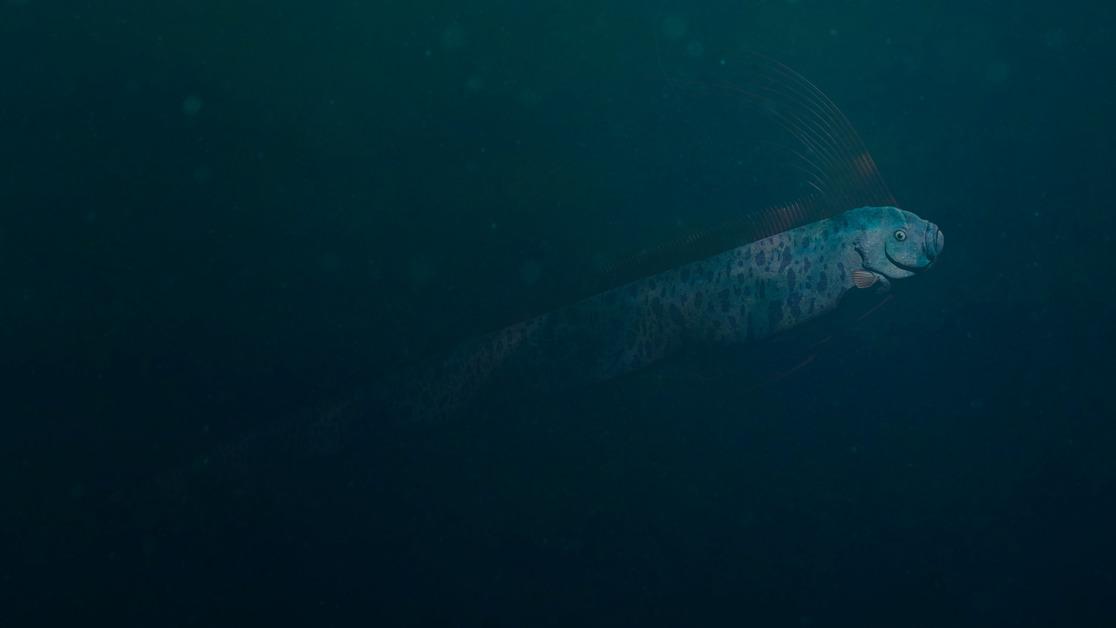Oarfish, or “doomsday fish,” get a foul rap.
Updated Nov. 18 2024, 4:23 p.m. ET
For lots of, info {{that a}} new species had emerged from the deep sea (or on the very least, a unusual species not often seen by most individuals) would warrant a viral second. Nonetheless, the appears of oarfish instead usually sparks a detrimental response. Whether or not or not it’s divers in 2023 recognizing the creature or kayakers in 2024, oarfish don’t get the warmest welcome.
Article continues underneath business
In accordance with Japanese folklore, the elusive fish is believed to point an impending disaster, historically observed correct sooner than pure disasters like earthquakes and tsunamis.
Maintain finding out for all of the issues it’s advisable know regarding the “doomsday fish concept,” outlined.

Article continues underneath business
What is the “Doomsday Fish” concept?
The “Doomsday Fish concept” is linked to the Japanese delusion that the oarfish is the “Messenger from the Sea God’s Palace” and appears in shallow waters sooner than a seismic or doomsday incidence. Due to this fact, the oarfish is often referred to as the “Doomsday Fish,” per Nationwide Geographic.
The oarfish’s “unhealthy omen” standing has been barely strengthened over time. In 2017 six oarfish had been seen just a few days sooner than an earthquake inside the Philippines killed six people, per ABC7.
Equally, in August 2024, merely two days sooner than a 4.6 earthquake struck Los Angeles, kayakers and snorkelers observed an oarfish in San Diegoper the New York Put up. Whereas the oarfish in question was tragically deceased, researchers from the Scripps Institution of Oceanography obtained the physique to search out out why a juvenile oarfish was in shallow waters.
In November 2024, a second oarfish was found on a seashore in Encinitas in southern California, as reported by the Scripps Institution of Oceanography to the Guardian.
Article continues underneath business
The “Doomsday Fish” is also no more than a delusion.
Many scientists and divers are often not happy of any connection between earthquakes and the fish. Hiroyuki Motomura, a professor of ichthyology at Kagoshima Faculty.
Motomura knowledgeable the New York Put up in 2023, “There is no scientific proof of a connectionso I don’t suppose people wish to fret. I think about these fish are inclined to rise to the ground when their bodily state of affairs is poor, rising on water currents, which is why they’re so often ineffective once they’re found.”
Article continues underneath business
Oceanographer and ecologist at Louisiana State Faculty, Mark Benfield, knowledgeable Nationwide Geographic that large seismic train would switch a few oarfish in direction of the shore.
Benfield moreover said, “It’s arduous to consider what sort of phenomenon would occur sooner than an earthquake that may set off these oarfish to depart the [mesopelagic zone] to maneuver within the path of shore and strand.”
Article continues underneath business
The zone the oarfish dwell in, the mesopelagic zone, is certainly plenty of zones away from the ocean floor, the place seismic train occurs. Subsequently, oarfish are often not a terrific signal for a pure disaster.
The scariest issue regarding the oarfish is arguably its measurement.
The oarfish can measure quite a bit higher than six ft. In accordance with Nationwide Geographicthe chilling sea serpent can attain 56 ft in dimension and weigh as a lot as 600 kilos. They often have a shimmering silver complexion with blue spots.
Nationwide Geographic moreover tales that although oarfish dwell in deep waters, they often rise to temperate and tropical shallow waters, believed to be pushed to the ground by sturdy currents.
The species lives 200 to 1,000 meters underneath the ocean ground. They feed on small crustaceans and krill, which are harder to go looking out in ground waters. Together with the dearth of meals in shallow waters, oarfish are extraordinarily inclined to lethal injury from harsh wind, and this would possibly make clear why most oarfish current in shallower waters are typically dying or ineffective.
This textual content, initially printed on July 20, 2023, has been updated.




